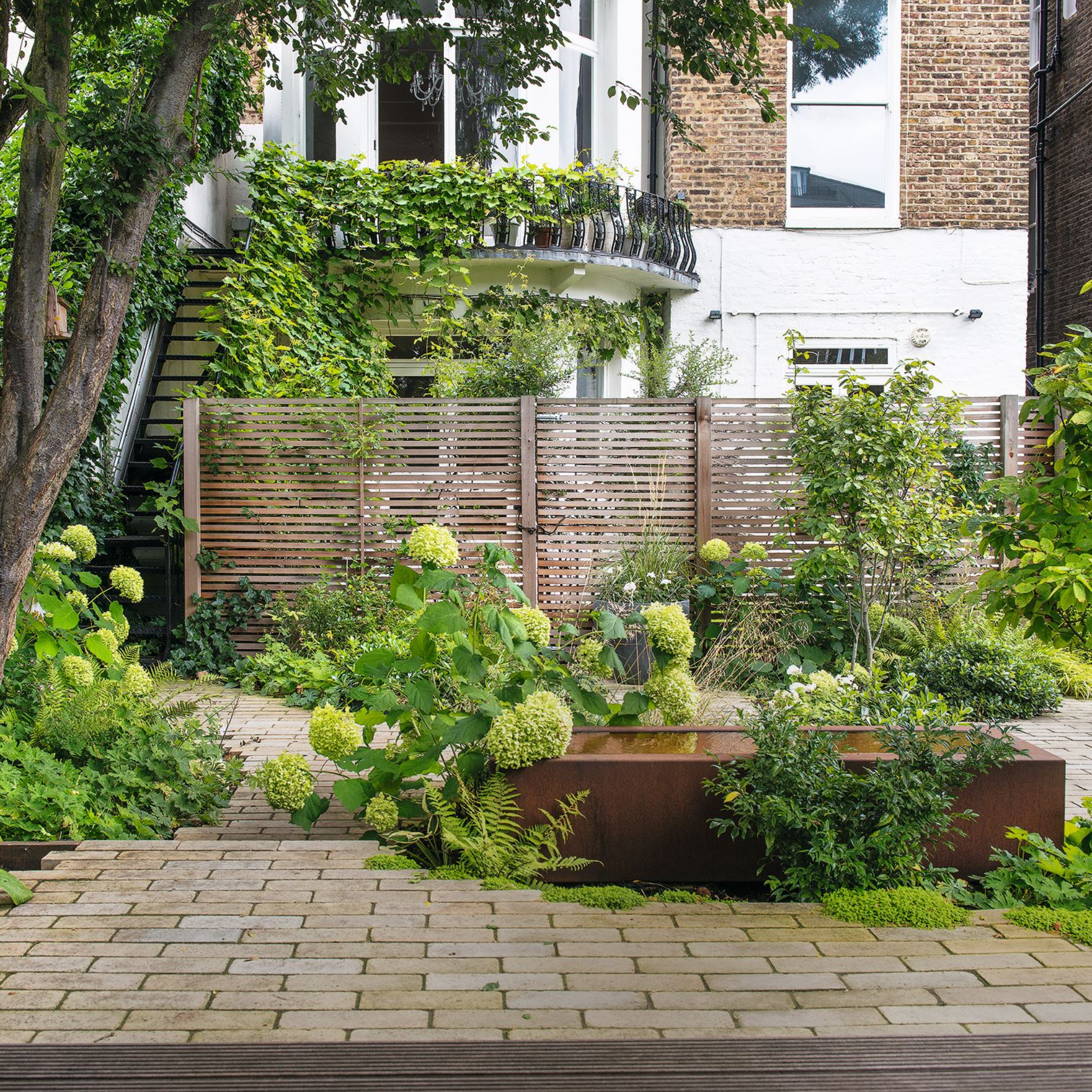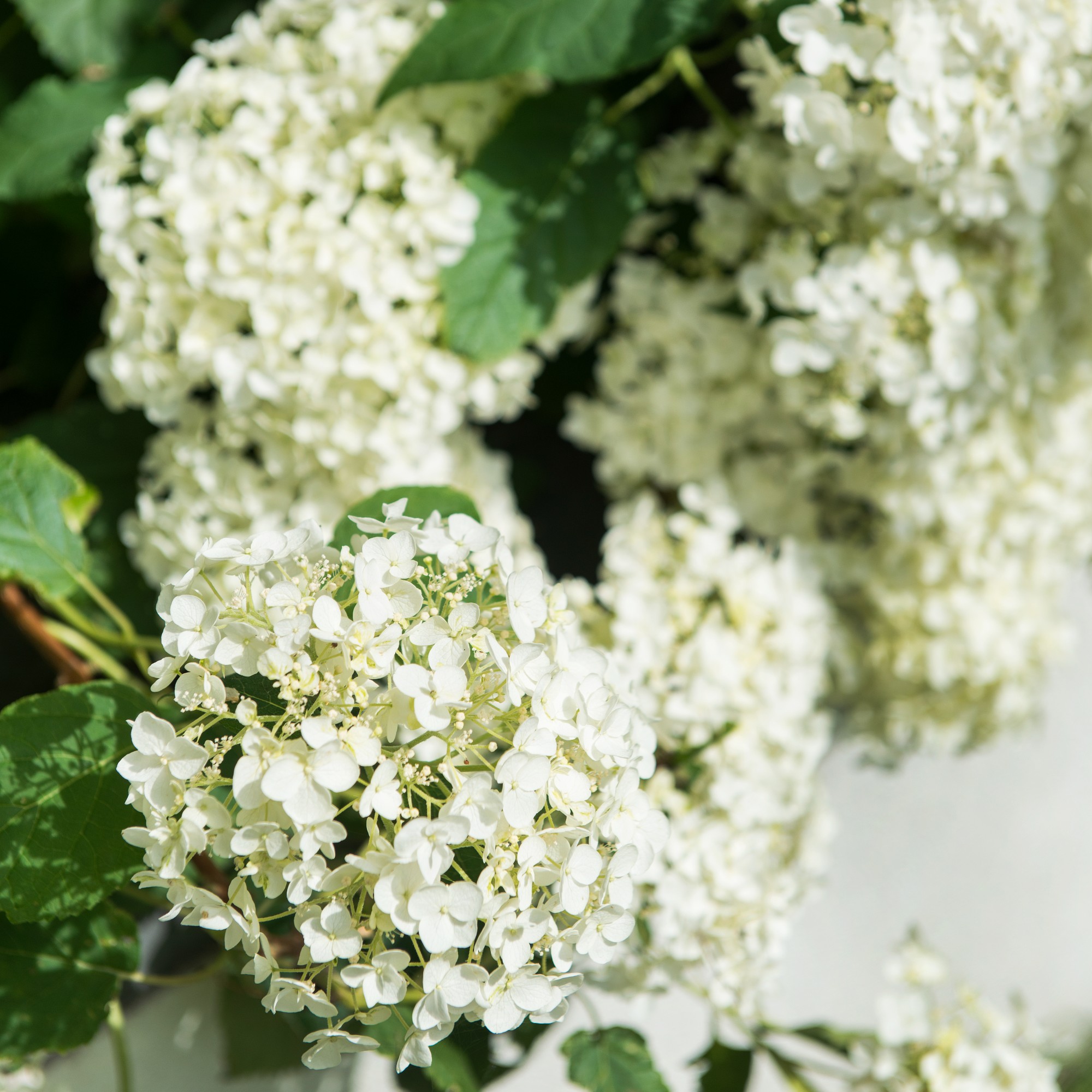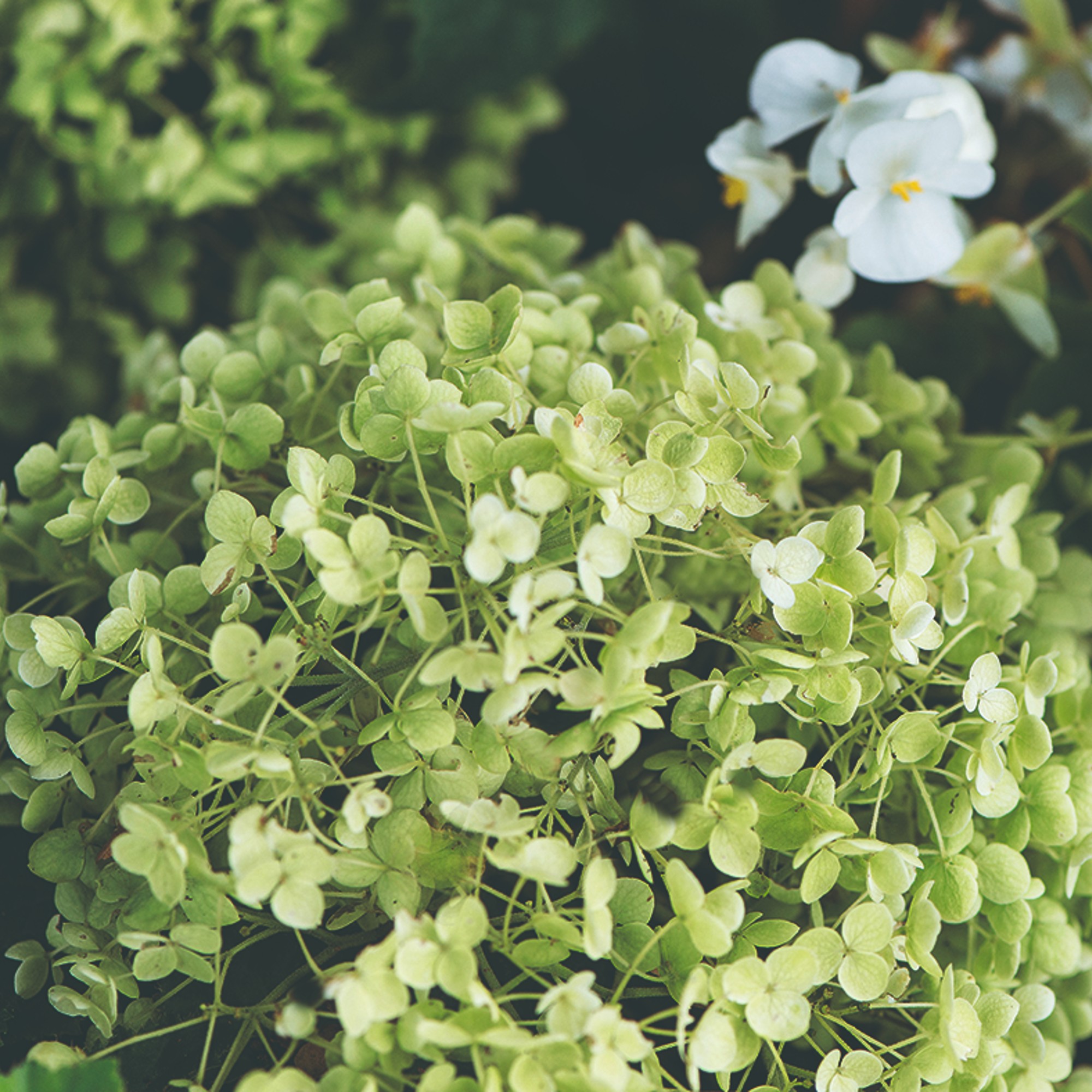
They’re old favourites, but knowing where to plant hydrangeas in the garden could mean the difference between healthy blooms and a cop-out shrub.
Besides figuring out the best time to plant hydrangeas, location is one of the most important parts of growing these flowering plants. In fact, one of the most common reasons for a hydrangea not flowering is planting it in the wrong place.
I asked the experts where to plant hydrangeas to help you choose the perfect spot in your garden. We've broken down the three key factors you'll need to get right – light levels, soil type, and shelter – to give your shrubs the best chance of thriving.
1. Partial shade is key

To get the most out of your hydrangea, you’ll need to get familiar with the various types of garden shade. An area with partial shade is the sweet spot.
‘Hydrangeas flourish in spots that receive morning sunlight followed by afternoon shade,’ explains David Powell, head gardener at Grantley Hall. ‘This balance protects them from the harshest rays of the day while still allowing light to encourage blooms.’
It does depend on which part of the UK you live in, though. ‘In cooler northern regions, they may tolerate full sun, but in warmer climates, they need protection from the intense afternoon heat,' says David.
2. Moist, fertile soil is a must
Besides an even balance of shade and sunlight, the soil you plant your hydrangea in can make a world of difference to the plant’s overall performance – and moisture is crucial.
‘Hydrangeas need moist, well-draining soil,’ says Polhawn Fort’s head gardener, Nicky. ‘They are not drought-tolerant plants and will suffer if the soil dries out, especially during summer.’
If you’re worried your soil doesn’t quite fit the bill, there are a few ways you can improve it.
‘Adding compost or well-rotted manure to the soil can improve moisture retention,’ explains Nicky.
You can even buy hydrangea-specific fertiliser like Westland's Hydrangea High Performance Liquid Plant Food, currently £6 from Amazon, to give your soil a nutrient boost.

Before you learn how to improve clay soil for gardening, it's worth noting that hydrangeas don't mind this soil type.
'Hydrangeas thrive in moist, fertile soil, but are also well suited to clay,' says gardening expert and author Sarah Raven.
3. Protection from strong winds

Last but not least, shelter is another key player when it comes to working out where to plant hydrangeas. That doesn’t mean you need a roof over your plant's head, but you’ll need to make sure it isn’t exposed to any strong, chilly winds.
‘Avoid planting hydrangeas in exposed areas where they will be subjected to strong winds, especially during spring when new growth is vulnerable to damage,’ advises Nicky.
Where to buy hydrangeas
- Thompson & Morgan: Shop a vibrant range of hydrangea shrubs from £9.99.
- B&Q: More beautiful hydrangea shrubs, from £10.45, to choose from.
- Dobies: Another brilliant selection of hydrangea plants, from £4.
FAQs
Are hydrangeas better in pots or ground?
It depends on which hydrangea you plant, but on the whole, hydrangeas are partial to plenty of space and moisture.
'Hydrangeas love to be in the ground, where the soil retains moisture and the plants can establish more easily, explains Sarah Raven.
'However, smaller varieties such as ‘Little Lime’ and ‘Little Fresco’ will grow well in pots and will benefit from a soil-based compost, regular watering, and occasional feeding during summer.'
So, now we know where to plant hydrangeas: somewhere with partial shade, moist and fertile soil, and some shelter. Get those three factors right, and your shrub should thrive!







